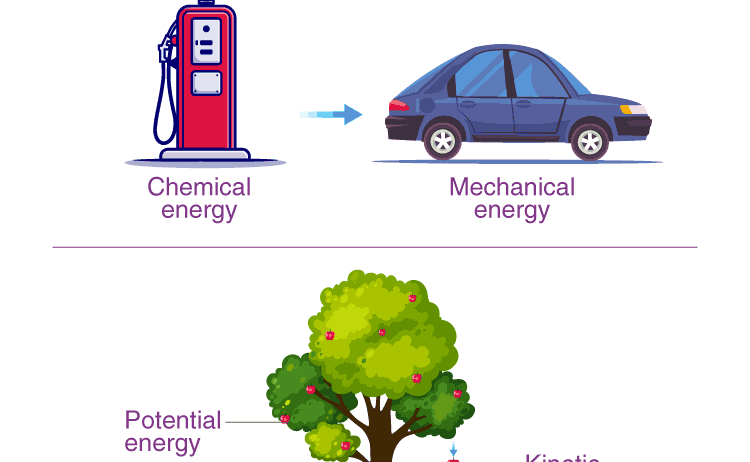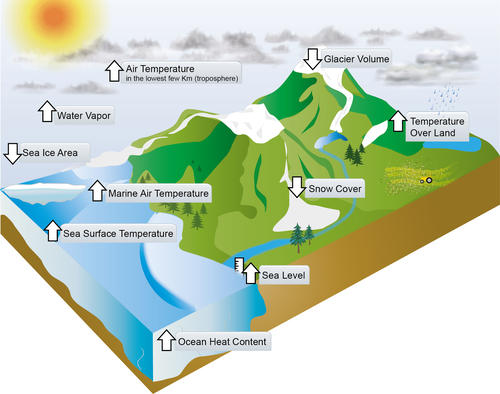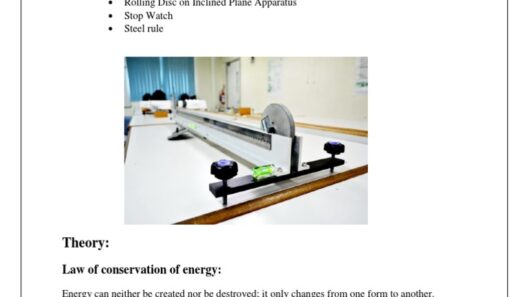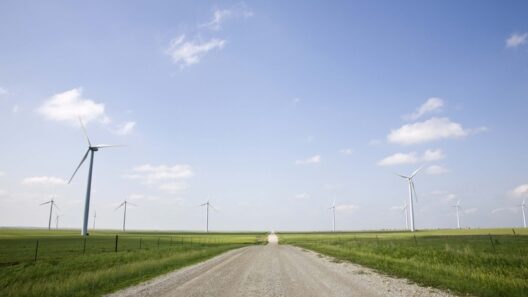The conservation of energy is akin to a steadfast guardian, overseeing the delicate balance of our universe. This principle, which posits that energy cannot be created or destroyed, only transformed from one form to another, serves as a cornerstone in the realm of physics. Much like a grand orchestra where each instrument plays a vital part, the various forms of energy—kinetic, potential, thermal, and chemical—interact in harmonious concert to sustain the natural world and all its intricate processes.
At its core, the conservation of energy is often regarded as a law—a stringent, unwavering guideline that governs the behavior of energy in our physical universe. But what exactly does it mean for it to be a ‘law’? In scientific terminology, a law is an empirical generalization that describes consistent universal phenomena under specific conditions. The conservation of energy aligns with this definition, exhibiting remarkable consistency across myriad experiments and applications in both classical and modern physics.
The concept also invites the notion of energy as a currency. Just as money circulating within an economy maintains its total value while undergoing various transactions, energy traverses through systems, transforming but remaining constant in total quantity. This metaphor illustrates how energy takes on different forms depending on its environment, similar to how cash may morph into investments, savings, or expenditures without altering the total wealth. For example, when a roller coaster ascends to its peak, potential energy accumulates, only to transform into kinetic energy as it hurtles downwards—this relentless ebb and flow is the essence of the law at work.
The roots of the conservation of energy can be traced back to the Enlightenment era, where early physicists began to observe phenomena indicative of energy’s unyielding nature. From the work of luminaries like Isaac Newton to James Prescott Joule, critical insights led to the formalization of energy conservation. Joule’s experiments with mechanical work and heat established a quantifiable relationship between these seemingly disparate forms of energy, illuminating the path toward the comprehensive law known today.
While the law asserts that energy remains constant overall, it does not imply that it acts in isolation. The law interweaves with the diverse dimensions of our world, encompassing thermodynamics, quantum mechanics, and even cosmology. In thermodynamic contexts, energy transformations are quantified through heat engines and refrigerators, thereby shedding light on efficiency and waste. Here, the second law of thermodynamics introduces another layer: it posits that energy transformations often lead to increased entropy—essentially a measure of disorderliness—thereby ensuring that while energy quantity remains invariant, the quality can diminish over time.
In an ecological context, the conservation of energy assumes paramount importance. Ecosystems epitomize energy conversion, with producers like plants harnessing sunlight through photosynthesis to create chemical energy, which is then passed along the food chain. This cycle underscores the critical role of energy conservation in sustaining life, as every trophic level relies on the energy emitted by the preceding level. When energy dissipates, either through metabolic processes or inefficiencies, the repercussions ripple through the entire system, illustrating how vital it is to recognize the interconnectedness of energy conservation in nurturing our planet.
However, while the conservation of energy stands as a fundamental principle within physics, it is imperative to recognize the human dimension of energy use and conservation. Society often approaches energy as an abundant resource, yet our increasing consumption generates a stark contrast with the deeper implications of energy conservation. Fossil fuels, for instance, present a paradox of available energy infused with long-term environmental degradation. The conversion of these stored solar energies—millions of years in the making—into fuels for modern conveniences highlights not merely a transformation of energy but a perilous gamble with sustainability. Each combustion emits greenhouse gases, indicating that while energy is conserved in totality, its implications for the environment can transcend the physical laws governing it.
Therefore, the question arises: Is the conservation of energy merely a law, or is it a mantra for the modern age? To acknowledge energy conservation as a law is to recognize its undeniable influence on our understanding of nature. Yet, simultaneously, it is an appeal to responsibility; a call for societies, industries, and individuals to honor the tenets of this law by making conscientious energy decisions. This duality—scientific law and ethical guideline—beckons a more profound reflection on our energy consumption practices.
In light of these considerations, the appeal of the conservation of energy extends beyond the realm of science into the tapestry of societal progress. Imagine a civilization that truly embodies the law of conservation, where energy efficiency becomes a paramount objective, where sustainable technologies flourish and fossil fuel dependency diminishes. This vision requires a collaborative effort, harnessing innovation in renewable energy sources while fostering a culture based on conservation and sustainable practices.
In conclusion, the conservation of energy is more than just a law; it encompasses a philosophy—an enduring truth engraved in the fabric of our universe. It compels us to witness the fluidity of energy, urging us to respect its cycles and transitions. Just as the seasons change, so too must our approach to energy evolve, embracing the wisdom of conservation for generations to come. In this intricate dance of energy transformation, may we find balance, sustainability, and mindful stewardship of our shared planet—a true embodiment of the conservation of energy in action.








